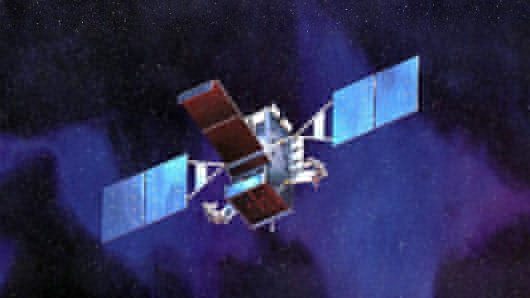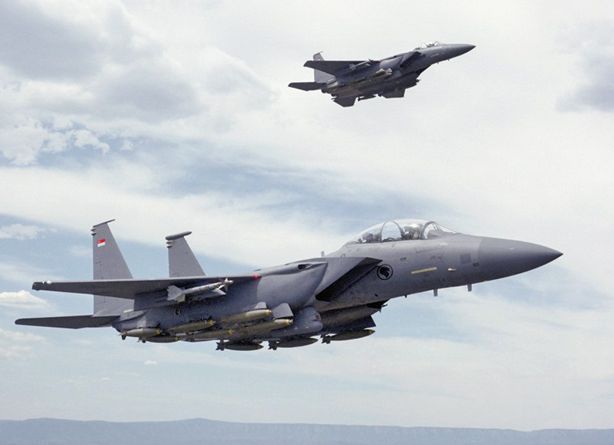From studying the effects of solar activity to improve radio transmissions to enhancing the capabilities of Automated Identification Systems, the importance of having a reliable communications infrastructure in the Arctic has not been lost on researchers traveling aboard the Coast Guard Cutter Healy as part of Arctic Shield 2014.
The ability to send and receive a clear message quickly to prevent or respond to a maritime emergency is vital to the safety of crews transiting the Arctic.
The Mobile User Objective System (MUOS) is the U.S. Navy’s next generation narrowband military satellite communications system that will replace the legacy Ultra High Frequency Follow-On (UHF-FO) communications system before that system reaches its end of service life.
Engineers from Lockheed Martin Space Systems, the creators of MUOS, are aboard the Healy to test the system’s capabilities in the Arctic for the Department of Defense.
“A single MUOS satellite will provide four times the capacity of the entire legacy UFO constellation of eight satellites,” said Dr. Amy Sun, narrowband advanced program lead for Lockheed Martin traveling aboard the Healy.
“The MUOS constellation is designed to provide smartphone-like communications to mobile forces at rates 10 times faster than the legacy system.”
MUOS delivers secure voice and data transmissions to mobile users using an advanced waveform similar to commercial cellphone technology.
The MUOS waveform leverages the widely used commercial Wideband Code Division Multiple Access cellphone technology and allows different radios to communicate with the greater MUOS system as well as other network users. Unlike the UFO satellite constellation, the MUOS system allows routing to and from any radio terminal in the system regardless of which satellites are in view.
“This means users could traverse the globe using one radio, without needing to switch out because of different coverage areas,” Sun explained. “This goes far in increasing the value that MUOS provides mobile users, not just in traditional theaters of operation, but those at the furthest extents of the planet.”
Sponsored by NORAD/NORTHCOM, tests aboard the Healy will begin at latitude 65 degrees North and travel as far north as possible. Another team situated at 82.5 degrees north in Canada will provide Sun and her colleagues an opportunity to evaluate MUOS at the edge of its coverage and gain experience as the satellite rises and falls from view.
The additional coverage provided by MUOS comes at a time when a need for dependable Arctic communications is growing. If successful, the system could provide the Coast Guard and its partners with one more valuable tool for providing safety and security to those under their watch.











